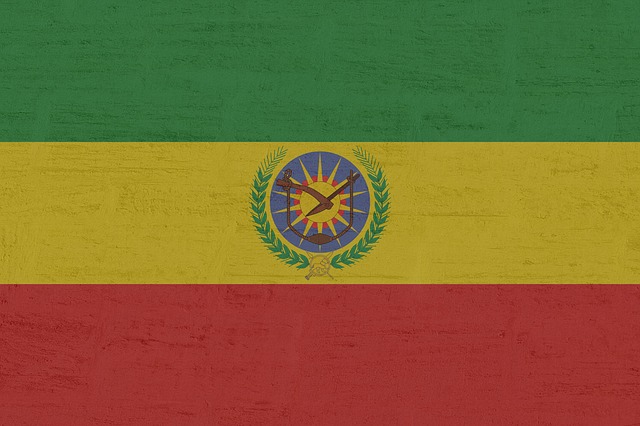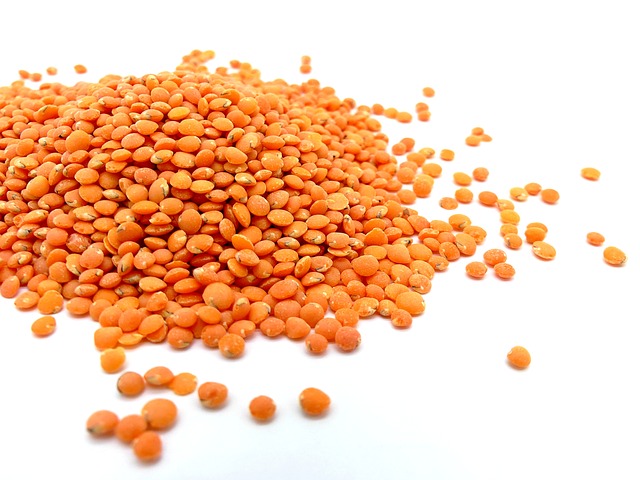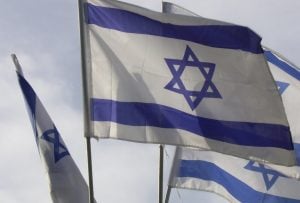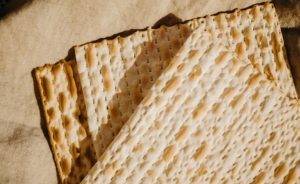Chag HaSigd – the Festival of Sigd – is an Ethiopian-Jewish holiday which this year falls on Shabbat November 18th and will be celebrated on the preceding Thursday. It has been a national Israeli holiday since 2008. Celebrated by the Beita Yisrael (Beta Israel) community, it’s one of the least-known and most-interesting festivals in the Jewish calendar.
What is Chag HaSigd?
Its name, Sigd, is from the root √sgd, which means “to prostrate” in Aramaic and Ge’ez. This is an ancient Ethiopian language reserved for Jewish liturgy: the Ethiopian Bible Orit is written in Ge’ez, rather than Hebrew.
Sigd was originally another name for Yom Kippur. The holiday has two other Ge’ez names, Mehlella – Supplication – and Amata Saww – Grouping Day – both of which also have connotations of the Day of Atonement.
When is Chag HaSigd?
Sigd falls on the 29th of Cheshvan. This date was chosen for two reasons:
- In Leviticus 23:15, the Israelites are commanded to count from the “Day of Rest” for seven weeks, and on the 50th day, to present a meal offering to God. Mainstream Judaism counts from Pesach to Shavuot, but the Ethiopian community interpreted this to mean 50 days from Yom Kippur (which the Torah also calls Shabbat). As such, Chag HaSigd falls 50 days after Yom Kippur.
- Ethiopian tradition determines that Cheshvan 29th was the day on which God first revealed Himself to Abraham. As Sigd is in part about a re-acceptance of the Torah, this seemed like a fitting date on which to celebrate.
Who Celebrates Sigd?
 The Ethiopian community – known as Beita Yisrael (House of Israel) in Israel is currently estimated to include about 130,000 people. On 30th June 2008, Chag HaSigd was declared a national holiday in Israel, meaning that anyone (and particularly Jews of Ethiopian descent, and especially those serving in the IDF) could take the day off to celebrate.
The Ethiopian community – known as Beita Yisrael (House of Israel) in Israel is currently estimated to include about 130,000 people. On 30th June 2008, Chag HaSigd was declared a national holiday in Israel, meaning that anyone (and particularly Jews of Ethiopian descent, and especially those serving in the IDF) could take the day off to celebrate.
Due to centuries of isolation from the rest of the Jewish world, Beta Israel’s customs are very distinct. Since the nationalization of their holiday, the community hopes that it will become more widely celebrated, similar to the Morrocan Mimouna celebrations. The month of Cheshvan is devoid of any religious celebrations, and the Beta Israel community wants to alleviate the month’s “bitter” status with Sigd.
Adding Chag HaSigd to Israel’s national calendar is a hugely important step in the Beita Yisrael’s integration into mainstream Israeli society. There is an Ethiopian proverb:
“What happens when you want to move a tree? You can try to transplant the tree without the roots, but if you take the trouble of digging out the roots, it will thrive in new surroundings.”
Adding this unique holiday to the country’s calendar is akin to transplanting the tree with its roots: it shows that the Ethiopian community is welcome to lay down its roots in Israel and thrive.
Where is Chag HaSigd Celebrated?
 Today, Israel’s national Sigd celebration is held at the Tayelet (Haas Promenade) in Jerusalem’s Armon Hanatziv neighborhood.
Today, Israel’s national Sigd celebration is held at the Tayelet (Haas Promenade) in Jerusalem’s Armon Hanatziv neighborhood.
Why Celebrate Sigd?
Historically, the Jews of Ethiopia were persecuted by Christians of different denominations. The community’s religious leaders reinstated the ancient Beita Yisrael practice of celebrating Sigd because they wanted to unify the community and prevent their disciples abandoning Haymanot, the faith practiced by the Beta Israel community and the Orit.
Sigd was inspired by the events in the Book of Nehemiah, chapter eight. The Jews, who had previously been estranged from Torah during the Babylonian exile, asked the prophet, Ezra the Scribe, to bring forth the Bible. He read it the assembled men and women who understood his holy words. They lifted their hands, bowed their heads, and fell to the ground in reverence, and accepted the Torah upon themselves once again.
The episode in Nehemia is seen as the “original” Sigd (prostration), which, in their 2500-year exile, the Beta Israel community safeguarded and repeated each year as a renewed acceptance of divinity and faith. In fact, the 2008 bill which legislated Chag HaSigd specifies that the Ethiopian holiday “preserved customs dating to Temple and even Biblical times”, making it worthy of revival and strengthening.
 Due to years of alienation from the rest of the Jewish world, Ethiopian Judaism was based on just the written Torah. As such, the Beita Yisrael has a unique and varied calendar, unlike that of any other Jewish community in the world.
Due to years of alienation from the rest of the Jewish world, Ethiopian Judaism was based on just the written Torah. As such, the Beita Yisrael has a unique and varied calendar, unlike that of any other Jewish community in the world.
In the 1900s, due to increased contact with the outside Jewish world and the advent of mass migrations to Israel, Beta Israel became less ostracized and their religious practice became more in line with “normal” Rabbinic Judaism. For example, the community started observing Hanukkah and wearing tefillin in their known form.
The flipside? The Ethiopian community’s native customs and unique practices were waylaid to make room for traditional Judaism. Sigd became a matter of communal and national importance for two reasons: it encapsulates Beta Israel’s calendar and the community’s extraordinary character and acknowledged their strong culture and heritage.
How is Chag HaSidg Celebrated?
In Ethiopia, Sigd was celebrated in the hills surrounding the villages where the Beta Israel community lived. The community elders (kessim in Ge’ez – more similar to priests that Rabbis) ascended the local hilltops in a parody of Moses’s journey up Mount Sinai and read from the Orit.
The day was about yearning for Jerusalem, accepting God’s Torah, and communal introspection (It was viewed as a sort of part two to Yom Kippur. Yom Kippur is all about personal reflection and commitment; 50 days later, Sigd was time for communal confession and acceptance. Cows were slaughtered and placed onto huge fires to roast, and the community broke their fast with a huge feast after the kessim descended again.
Today, a huge proportion of Israel’s 130,000+ Ethiopian Jews travel to Jerusalem and descend onto the Tayelet, a beautiful parkway overlooking the Old City’s walls, which allows worshippers to clearly visualize and pray for a rebuilt Jerusalem. A stage is erected from which kessim dressed in traditional garb and holding colorful, fringed satin umbrellas lead prayers and read from the Orit in Ge’ez (it is translated into Hebrew and sometimes English for onlookers).
 The congregants dress in white in homage to the day’s innate spirituality and to Yom Kippur’s purity and sense of renewal. People donate to charity, and those who are not from Jerusalem scrape up handfuls of the city’s holy earth to take home with them. More religious Jews fast from the morning through until after the ceremonial service. Trumpets are blown and the fast is broken on Dabo, a traditional, dense Ethiopian sweet bread flavored with rosemary and honey. This is followed by festive meals at individual synagogues and family homes, where traditional Ethiopian foods such as injera (a sour, high-protein flatbread), different stewed vegetables, and miser wat (red lentils) will be served.
The congregants dress in white in homage to the day’s innate spirituality and to Yom Kippur’s purity and sense of renewal. People donate to charity, and those who are not from Jerusalem scrape up handfuls of the city’s holy earth to take home with them. More religious Jews fast from the morning through until after the ceremonial service. Trumpets are blown and the fast is broken on Dabo, a traditional, dense Ethiopian sweet bread flavored with rosemary and honey. This is followed by festive meals at individual synagogues and family homes, where traditional Ethiopian foods such as injera (a sour, high-protein flatbread), different stewed vegetables, and miser wat (red lentils) will be served.
Sigd is a wish for a renewed sense of acceptance, a prayer for a rebuilt Jerusalem, and above all, a joyful celebration of the Ethiopian community and everything they have to offer Israel and the Jewish people.







